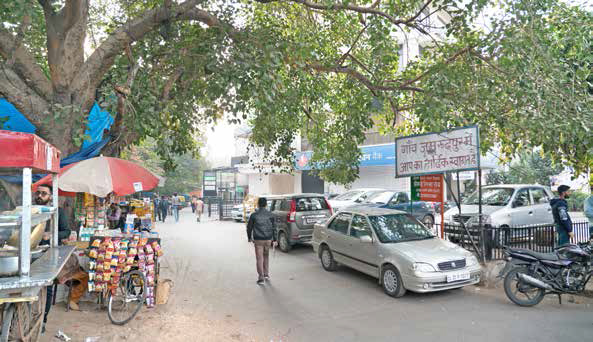City and Cultre
SENSING THE INFORMAL |
In conversation with Sanjay Prakash
LA 63 |
|
|
Sanjay Prakash is Principal Consultant of his design firm, SHiFt: Studio
for Habitat Futures. His practice and research over three decades include
exploring various tools and methods of energy-conscious architecture in
different parts of the country. He has shared his views on various public
platforms regarding Indian urbanization in 21st century and the role of
architecture profession in shaping it.
|
|
 |
|
Ranjit Sabikhi, eminent urban designer, in his recently released
book, Sense of Place, observes that with most of the development
in post-independence India has geared towards the 30% –40%
planned component of Indian cities as against the larger informal
sector of urban villages, regularized and unregularized colonies,
slums and historic areas, which has remained largely ignored.
This is entirely true. It’s unfortunate that the tools that the planners have
had at their disposal have not been able to deal with this kind of informality
[not just in India, but also in South America and Africa]. The variety
of tools – density, height regulations, setbacks, zoning, and so on are all
really made for an industrially developed society and I guess the sooner we
recognize this, the better off we will be. Seventy years after independence,
the problem has become even more entrenched because people don’t have
an idea of what our alternatives are. It almost is like wishing that our cities
should get Americanized rather than that we Indianise our development
control rules.
|
|


|
|

|
|
|
|
|